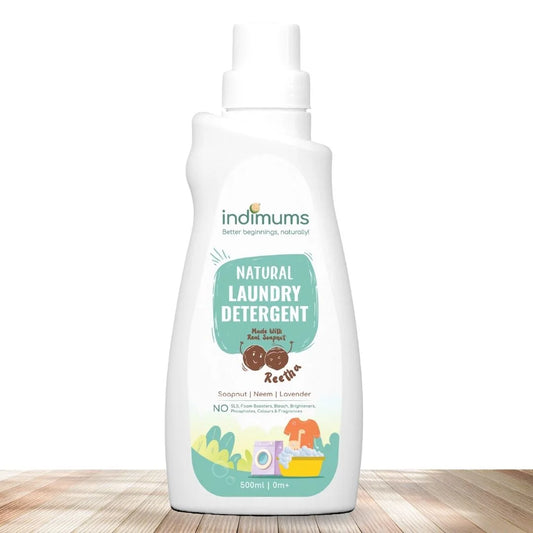Babies are bundles of joy, but they're also quite prone to developing rashes, much to the worry of many parents. These tiny red patches or bumps on your little one's skin can be concerning, but understanding why they occur and how to manage them can help ease your worries. Let's delve into the world of baby rashes to uncover their common causes and offer some helpful tips for parents.
Why Do Babies Get Rashes So Frequently?
-
Sensitive Skin: Baby skin is delicate and sensitive, making it more susceptible to irritation and rashes. Factors such as harsh fabrics, fragrances, and chemicals in skincare products can trigger reactions.
-
Heat and Moisture: Babies have a limited ability to regulate their body temperature, leading to increased sweating, especially in skin folds. Excessive heat and moisture can create the perfect environment for rashes to develop, such as diaper rash or heat rash.
-
Allergies and Irritants: Babies can develop allergies or sensitivities to various substances, including certain foods, detergents, soaps, or even materials in clothing. Exposure to these allergens or irritants can result in skin reactions.
-
Diaper Use: Diapers, while essential for keeping babies dry and comfortable, can also contribute to rashes, particularly if they're too tight, left on for too long, or if the baby is sensitive to the materials in the diaper.
-
Infections: Bacterial, fungal, or viral infections can also cause rashes in babies. Conditions like yeast infections (thrush), impetigo, or even common childhood illnesses like chickenpox can manifest as skin rashes.
Helpful Tips for Managing Baby Rashes:
-
Keep Skin Clean and Dry: Regular bathing with mild, fragrance-free baby soap and thorough drying afterward can help prevent rashes caused by sweat and moisture.
-
Choose Gentle Products: Opt for hypoallergenic and fragrance-free skincare products specifically formulated for babies to minimize the risk of irritation and allergic reactions.
-
Use Breathable Fabrics: Dress your baby in loose-fitting, breathable clothing made from natural fibers like cotton to reduce the risk of heat rashes and skin irritation.
-
Change Diapers Frequently: Ensure timely diaper changes to keep your baby's bottom clean and dry and consider using diaper creams or ointments to create a protective barrier against moisture and irritation.
-
Incorporate Natural Baby Laundry Detergent: When washing your baby's clothes, opt for a gentle and natural laundry detergent like our Natural Baby Laundry Detergent, made from Soapnut or Reetha. Hypoallergenic, anti-bacterial, and chemical-free, this organic baby detergent not only cleanses effectively but also soothe your baby's skin with its lavender infusion. It's the best choice for keeping your infant's clothes clean and free from harmful dyes that could potentially irritate their sensitive skin.
Final Words:
While baby rashes can be unsettling for parents, they're often a normal part of infancy and usually resolve with proper care and attention. By understanding the common causes of baby rashes and implementing preventive measures, you can help keep your little one's delicate skin healthy and rash-free. Remember, if you ever have concerns about your baby's skin or overall health, don't hesitate to seek guidance from a healthcare professional.




